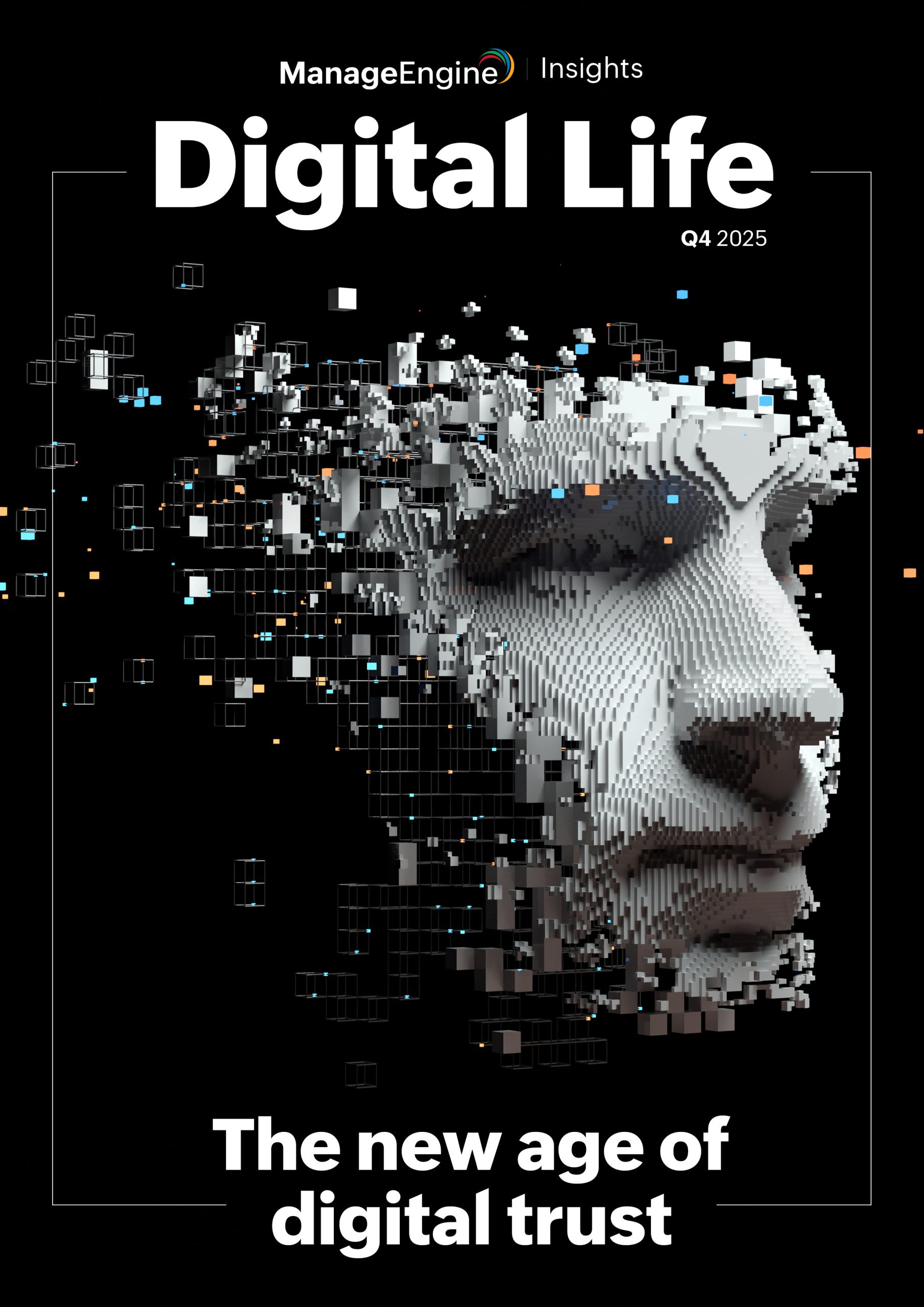No matter where you turn, you can’t escape the buzzwords: AI, ML, LLMs. These technologies are everywhere—writing code, passing exams, and creating award-winning art. But there’s a hidden cost most people miss—a massive energy bill. As AI conquers new tasks, its appetite for power grows exponentially. This could spark an energy crisis in the tech world, with giants scrambling for resources just as they now battle for data.
The explosion of AI has caught us off guard. Its rapid growth, from fancy tools to everyday staples, means we haven’t fully grasped the staggering energy demands behind the scenes. A single AI interaction might seem small, but it quickly adds up. Experts warn that in the near future, AI’s energy needs could rival those of entire countries, with a single LLM interaction consuming as much as energy as leaving a light bulb on for an hour. We’re on a dangerous path, and we’re woefully unprepared.
AI’s growing appetite
Maybe not all of us are completely unprepared. Some among us managed to predict this situation early on and have been taking all the necessary precautions to make sure that their operations are not disrupted. Take Amazon, for example. AWS recently bought a 960 megawatt data center for $650 million. This data center is powered by a 2.5 gigawatt nuclear power station, and there are plans to expand operations further. This signals Amazon’s intention to secure massive energy resources for future AI operations.
While nuclear energy is considered a net-zero carbon, or clean energy, it’s still not enough to power our needs. The energy consumed by merely training LLMs has grown by a factor of 300,000 in six years, and training one AI model creates carbon emissions equivalent to five cars in their lifetime. To put this into perspective, the amount of energy needed to train one top-tier AI model could power an average American household for several years or a small manufacturing facility for multiple weeks non-stop.
Unfortunately, the energy consumption of AI hasn’t just been a recent spike—it’s been on a consistent upward climb. Studies tracking AI’s development over the last few decades reveal a troubling pattern. Every time a new level of sophistication is reached—whether it’s mastering complex games, translating languages flawlessly, or generating realistic images—the energy required to train these models skyrockets. This isn’t just a linear increase; we’re seeing exponential growth in power demand.
And the appetite isn’t just for energy alone. Consider Meta’s latest open-source model, Llama. Despite being a smaller model than current heavyweights like ChatGPT or Gemini, it required trillions of data points for training—a process with a massive energy footprint. This drive for increasingly capable AI, combined with the trend of always-on AI assistants, shows an unsustainable trend: The energy cost of our current AI path may soon become unmanageable.
Out of sight, out of mind
The energy crisis surrounding AI doesn’t end once a model is trained. The very act of using AI systems, known technically as “inference,” carries significant ongoing energy costs. Think about chatbots or other AI tools that hold real-time conversations; companies are currently pushing for AI chatbots and assistants to be plugged in everywhere possible to seem future-forward, even when it might not be the wisest choice. These interactions require powerful hardware to constantly run the models behind the scenes, resulting in a continuous power drain.
Many of us rely on AI through cloud services, accessing powerful models from our phones or laptops. This ease of access often obscures the true energy cost. While we don’t see the giant data centers and energy bills ourselves, the responsibility hasn’t vanished. Cloud providers must shoulder that enormous energy burden. The problem isn’t solved; it’s merely shifted out of sight.
And AI isn’t just sleek computers or shiny robots. Hiding behind the scenes are sprawling data centers packed with powerful servers, humming day and night, all to train and run complex AI models. They aren’t just energy-intensive—they generate enormous amounts of heat. Elaborate cooling systems, themselves huge power hogs, are also a necessity, adding further to the energy costs. The International Energy Agency says data centers are responsible for around 1% of all greenhouse gas (GHG) emissions produced worldwide. This number has grown since the year 2000 and could be eating up to 8% of global energy by 2030.
The growing popularity of cloud services for AI turbocharges this issue. When individuals and companies tap into AI power via the cloud, they are essentially outsourcing their energy burden to these data center giants. The convenience we enjoy masks the fact that it fuels an ever-expanding demand for energy-hungry data centers.
AI-powered greenwashing
Organizations proudly promote their green initiatives, including solar power investments, carbon neutrality pledges, and visions of a sustainable future. Yet, the unquenchable ambition for ever more potent AI directly clashes with these goals. The ravenous energy appetite of AI threatens to undo the ongoing efforts of combating global warming and climate change.
The danger is that AI’s energy needs are growing at a terrifying rate. Experts warn that even if renewable energy expands rapidly, AI could still become a major drain on the world’s power supply. Can we really call an AI-powered future better if it brings the threat of increased GHG emissions and rising temperatures?
The long-term consequences could be severe. If energy becomes increasingly scarce due to unsustainable AI development, the luxury of being always on and always connected might disappear. Access to technology as we know it could become limited by energy availability. Even basic internet services or smart home gadgets might become unreliable or too expensive for many as tech companies struggle to offset the costs of running AI models.
This energy crisis wouldn’t just affect convenience—it would have serious security implications. Cybersecurity frameworks that currently benefit from AI and machine learning might be hampered. Resource-intensive tasks, like real-time threat detection or intrusion prevention powered by AI, could become impractical due to energy constraints. This could leave our increasingly interconnected world vulnerable to breaches and cyberattacks.
Tech at a crossroads
The staggering energy demands of AI threaten to overshadow its promise if left unchecked. But there is hope. Researchers are actively exploring energy-efficient algorithms, hardware specifically designed with AI processing in mind, and strategies to optimize AI model creation. Additionally, greater transparency about the energy cost of AI projects is crucial. When the footprint of AI development is clear, we can weigh the benefits more responsibly.
But for now, as AI continues to become more embedded in our lives, these pesky hidden costs will only continue to grow. Is it a price we’re prepared to pay? At the rate of our progress and the “do now, think later” mindset that we see time and again, maybe not.











